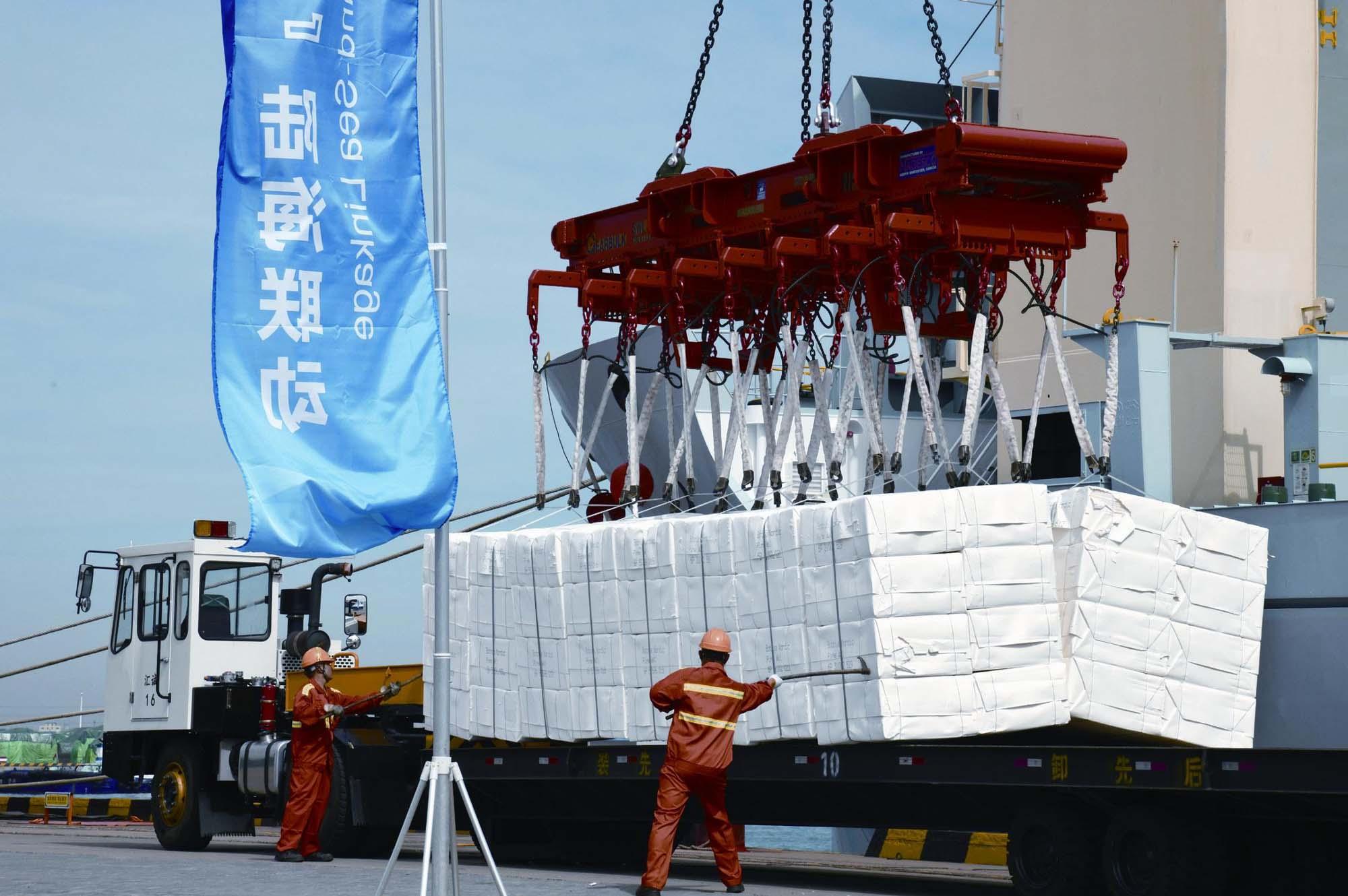MOVING BEYOND MANUFACTURING
2019-10-20ByMichaelZakkour
By Michael Zakkour

As Chinese philosopher Laozi said, “A journey of a thousand miles starts with one step.” Chinas long journey over the last 70 years has been one of the most important and interesting stories of the postWorld War II period.
After its founding, the Peoples Republic of Chinas (PRC) most important goals were ensuring the safety and well-being of its citizens; ensuring geographic, historical and future integrity; and rebuilding the economy. Progress was made on building a new economy during the early years of the PRC but the reemergence came on the foundation of the reform and opening-up drive begun in 1978.
According to offi cial fi gures, Chinas GDP was $13.6 trillion last year, 452.6 times the figure in 1952 in U.S. dollar terms, and the per-capita gross national income of Chinese people grew several hundred times to hit$9,732 in 2018.
Industrial boom
Many books, reports, histories and media output have documented and explained how, why, when and by whom all of this happened over the last 70 years. So I will attempt to summarize only what I have seen, experienced, and in some small way played a part in.
Prior to 1978 the vast majority of Chinese people lived in rural areas and were farmers. Three changes started a 40-year process of urbanization:
● Special economic zones were set up in coastal areas as laboratories for market reform.
● Investment flowed into the Chinese mainland from Hong Kong, Taiwan and other parts of the world, from overseas Chinese communities, and from foreign corporations and private businesses.
● The Chinese entrepreneurial spirit was uncorked.
In the 1980s and 1990s thousands of factories were built in the Pearl River Delta in Guangdong Province, south China, with the provincial capital Guangzhou acting as the hub for the evolving manufacturing economy. Soon, the world started looking to China more and more to produce everything from toys and tools to machines and medical devices.
The country rapidly developed the right infrastructure, ports, legal and regulatory frameworks, and labor force to massively scale the export economy. In 2001, China marked a major economic development when it joined the World Trade Organization. This milestone, plus rapid development, accelerated economic growth to an even higher degree with GDP growth of 10 percent (2003), 12.7 percent (2006) and even 14.2 percent (2007).
Entire cities and regions started to specialize in certain product lines (socksmanufacturing city, eyeglass city, etc.) and hundreds of millions of people left their rural hometowns or third- and fourth-tier cities and moved to the big cities on the eastern and southern coasts to work in factories, start new companies or work in industries that supported the booming production economy.
Two more major milestones came in 2008 and 2010. The 2008 Beijing Olympics led to the transformation of the capital and the country as a whole. The spectacular opening and closing ceremonies and the fl awless running of the Games gave Chinese a great sense of pride and achievement and a confi dence that they had arrived.
In 2010 the size of the Chinese economy surpassed Japans to become the second largest in the world, only behind the U.S. economy.
Super consumers
In my 2015 book Chinas Super Consumers, I charted the rise of the Chinese economy from 1978 on, and the emergence of a new Chinese middle class that had unprecedented amounts of disposable income because Made in China was the common label in the world.
One of the most striking aspects of Chinas economic might is its consumer economy. The book charted the growth of “people with significant disposable income” from roughly 50 million in 1990 to 300 million in 2008 and 600 million in 2015. Today that number is close to 900 million.
These are important numbers because Chinas leaders realized in the early 2000s that as time went on the economy would need to diversify and a larger portion of it would need to be from consumption and services.
Another important year was 2003, the year when Jack Ma and the Alibaba Group launched Taobao, the first massively successful general e-commerce business in China. JD.com and Taobao laid the foundations for what is the largest e-commerce market in the world. In 2008, Alibaba also launched Tmall, the largest Chinese digital marketplace, and the f irst Double 11 Shopping Festival, an annual online shopping spree organized on November 11, was held in 2009.

Chinese citizens bypassed land lines and computers for smartphones, embraced digital payments and found shopping online much more convenient and enjoyable than much of the brick-and-mortar world.
This is now the era of Chinas super digital consumers.
Over the last five years, China has successfully shifted a notable amount of its manufacturing base from low-value, low-tech products to high-value, hi-tech products. This includes production for foreign companies and fast-emerging local companies and brands.
Beyond manufacturing, three of the most important aspects of the Chinese economy in 2019 and beyond are:
